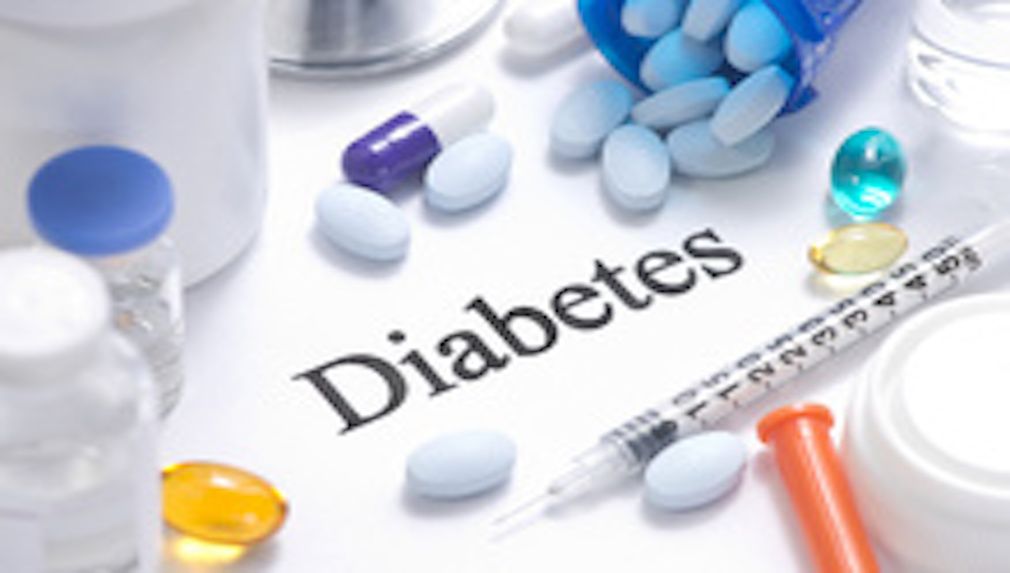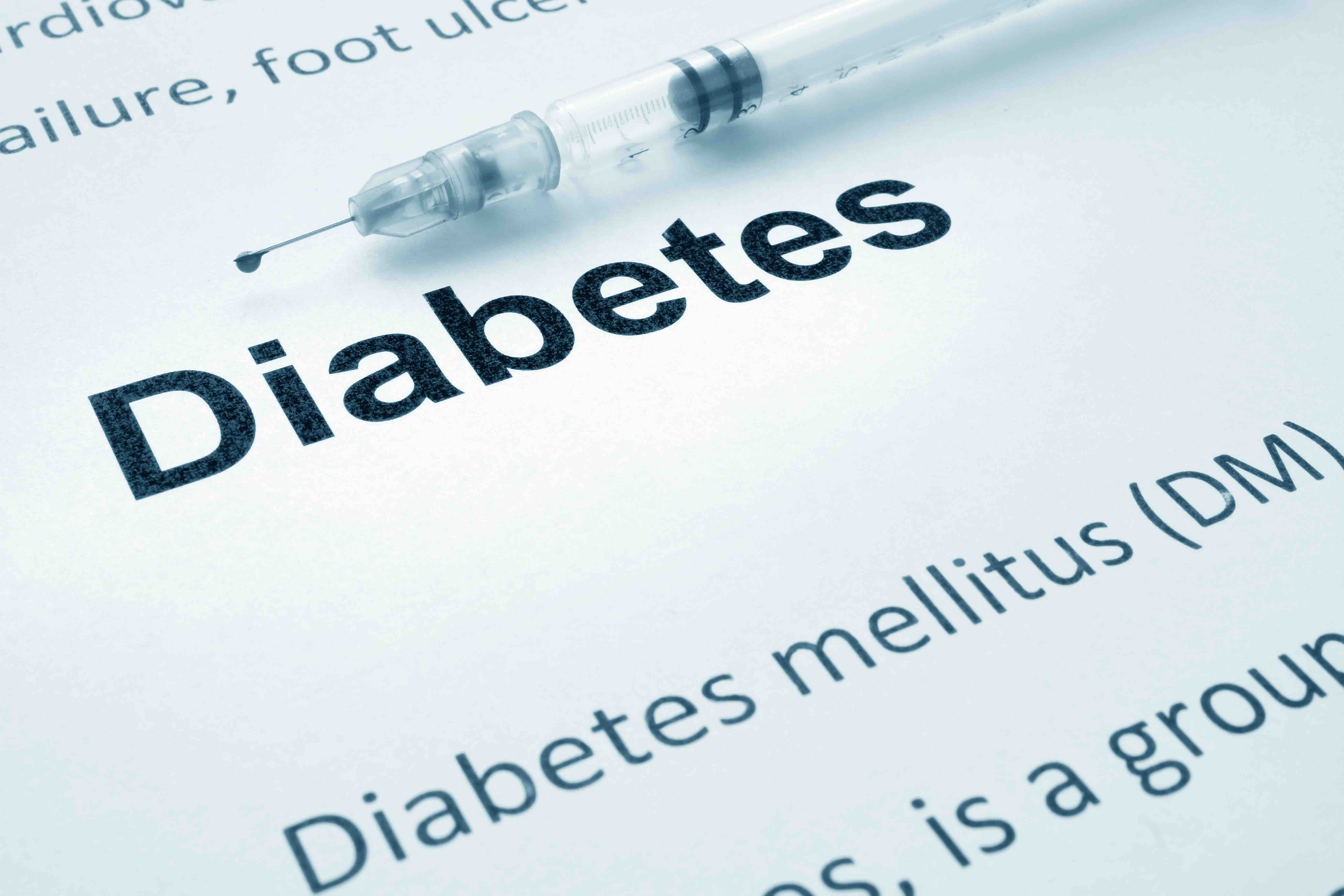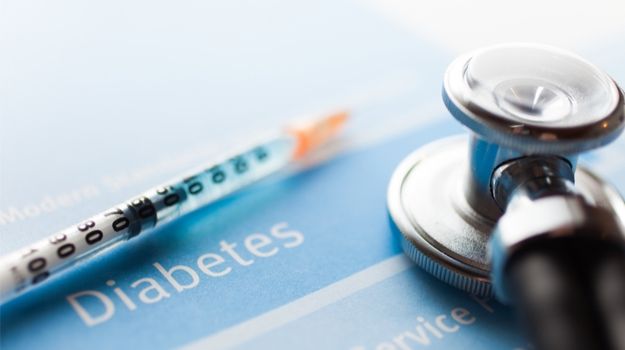Article
CDC Report Highlights Need for Diabetes Self-Management Education in Remote Areas
Author(s):
While the report documents the shortage of DSME programs in rural areas, it does not address the reimbursement challenges that confront the use of telehealth to reach underserved groups.
Diabetes self-management education (DSME) has a proven track record of helping patients improve and maintain glycemic control. According to a new study from the CDC, however, DSME programs are harder to find in remote counties if the people who live there have less education and higher rates of unemployment. The trouble with this, the researchers find, is that diabetes tends to be prevalent among disadvantaged groups.
The study, published today in CDC’s Morbidity and Mortality Weekly Report, finds that only 38% of the nonmetropolitan counties in the United States have a DSME program. For purposes of the study, CDC included programs either recognized by the American Diabetes Association (ADA) or accredited by the American Association of Diabetes Educators (AADE). The requirements are significant, and the CDC report identified a lack of qualified educators as a reason for fewer programs in remote areas.
CDC found that the odds of nonmetropolitan areas having a DSME program increased as the share of people with insurance coverage rose. Chances of having access to DSME in a rural area also rose along with the level of education or employment. While program location did not necessarily track with the expected rates of diabetes, it did align with overall numbers of people diagnosed with diabetes.
Counties without programs, the authors wrote, “were less affluent, had more black and Hispanic persons, and had higher prevalence and incidence rates of diabetes compared with nonmetropolitan counties with at least 1 DSME program.”
As discussed in a special issue of Evidence-Based Diabetes Management™ last fall, published in partnership with AADE, reimbursement for DSME has been a challenge—without enough enrollees and income, some DSME programs have not stayed afloat. In a joint letter in the issue, then-AADE President Hope Warshaw, MMSc, RD, CDE, BC-ADM, FAADE, and Robert A. Gabbay, MD, PhD, FACP, the chief medical officer at Joslin Diabetes Center, called for Medicare to change reimbursement policies to cover DSME at 4 critical points: at diagnosis, at annual assessments, when new complications occur, and at transitions in life and care.
The study notes that people in nonmetropolitan counties are less likely to access preventive healthcare, which could reflect a lack of health coverage or other factors. “A complex array of individual, provider, and environmental factors influence access and use of DSME by persons with diabetes who live in rural communities, including insurance, education and income, literacy, transportation, poverty, and race/ethnicity,” the authors state. “Challenges also include establishing and sustaining DSME programs in rural communities.”
CDC uncovered wide variation in DSME availability in rural areas. While the number of programs in nonmetropolitan areas ranged from 1 to 8 for counties that had DSME, the average for those counties with at least 1 site was 1.4 programs. The range was 1 program in Massachusetts, where there are 3 nonmetropolitan counties, to 79 in Minnesota, where there are 60 nonmetropolitan counties. In rural counties with at least 1 program, the population was less likely to be black or Hispanic, and there were lower percentages of non-English speaking households. In Nevada, there was 1 DSME program outside the metropolitan areas, while 13 counties are classified as nonmetropolitan.
The authors note that they only included primary or semi-independent DSME sites; in some cases, DSME is offered at off-site locations not included in the study, such as nursing homes or community settings.
What can be done? CDC says there’s a need for more “reimbursable” DSME programs in remote areas, and the authors say their data may show where telemedicine could fill a gap. However, the CDC report does not address the reimbursement challenges that limit diabetes educators from greater use of telehealth.
The authors call for more research “to further understand the factors influencing the geographic distribution of DSME programs in rural communities, including successful models for establishing and sustaining DSME programs in these communities.”
Reference
Rutledge SA, Masalovich S, Blacher RJ, Saunders MM. Diabetes self-management education programs in nonmetropolitan counties—United States, 2016. MMWR Surveill Summ. 2017;66 (No. SS-10); 1-16. DOI: http://dx.doi.org/10.15585/mmwr.ss6610a1





